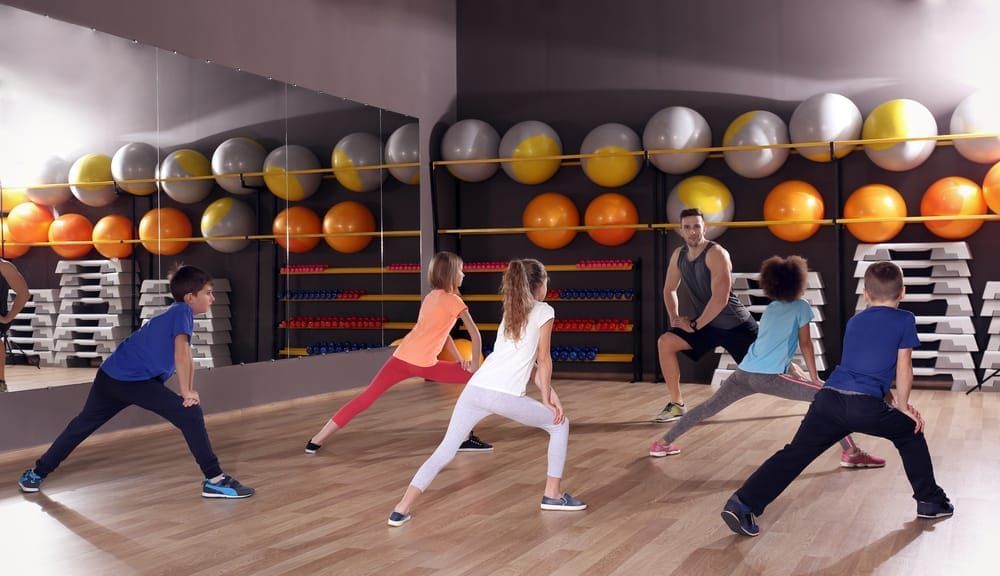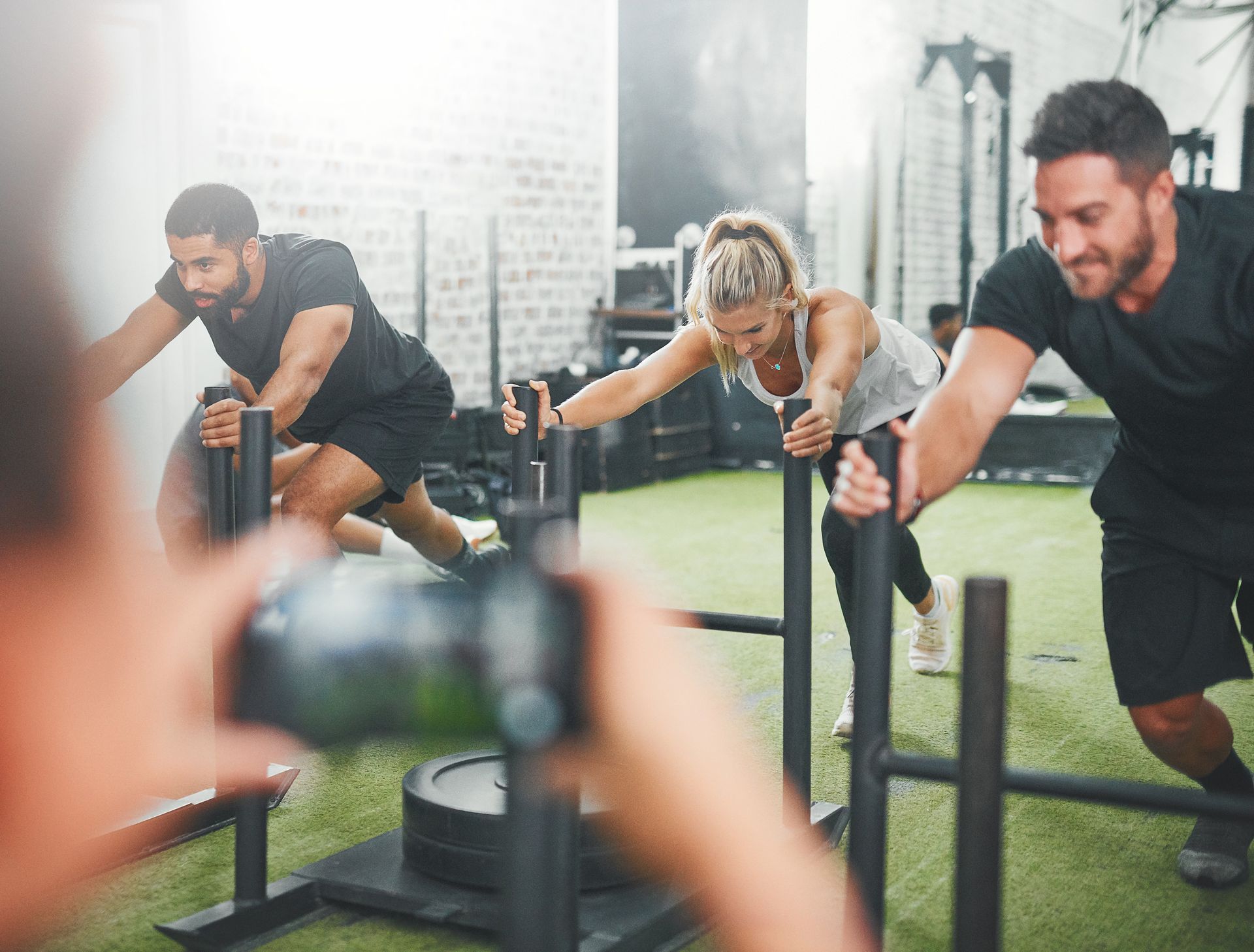The Benefits of Regular Exercise for Kids
What you need to know about the value of Children’s group fitness classes

In the bustling life of being a parent, it’s easy to overlook the importance of exercise for children. While you juggle work, household chores, and parenting, ensuring your kids stay active can sometimes fall by the wayside. However, the benefits of regular physical activity for children are immense and far-reaching. A relatively new option beyond youth sport leagues is children’s group fitness classes. Here is a short read about the TOP benefits to children of getting regular exercise. A special thank you healthline.com for some great insight on this topic, some of which is included below.
Improves Physical Health
• Stronger Bones and Muscles: Activities like running, jumping, and other weight-bearing exercises stimulate bone growth and density, which is crucial during the growing years. This not only builds a strong skeleton but also enhances muscle strength and endurance.
• Weight Management: With childhood obesity on the rise, regular exercise plays a crucial role in maintaining a healthy weight. It helps in balancing the calories consumed with the calories burned, thus preventing excessive weight gain.
• Improved Motor Skills and Coordination: Regular physical activity aids in the development of skills such coordination, balance, and agility, which are essential for various life activities, from writing to playing sports.
• Enhanced Cardiovascular Fitness: Regular physical activity strengthens the heart muscle, improving its ability to pump blood more efficiently. This leads to improved circulation and overall cardiovascular health, reducing the risk of heart diseases later in life.
Mental and Emotional Health Benefits
• Boosts Cognitive Function: Exercise increases blood flow to the brain, which is associated with improved memory, attention, and problem-solving skills. This can translate into better academic performance and a more successful schooling experience.
• Enhances Mood and Mental Health: Physical activity triggers the release of endorphins, the body’s natural mood lifters. This can reduce feelings of anxiety and depression, leading to a happier, more positive outlook on life.
• Promotes Better Sleep: Regular physical activity can help regulate sleeping patterns, leading to deeper and more restful sleep. This is particularly important for children, as adequate sleep is crucial for growth and development.
• Builds Self-Esteem and Confidence: Achieving fitness goals, mastering a new skill, or simply being part of a group can greatly enhance a child’s self-esteem and confidence. This lays the foundation for a strong and positive self-image.
Builds Social Skills
• Encourages Teamwork and Social Skills: Participating in group activities teaches children about teamwork, cooperation, and the importance of working towards a common goal.
• Building Friendships: Group fitness classes are a great way for children to meet and bond with peers outside their usual social circles. They develop friendships based on shared interests and experiences, which can enhance their social development and lead to a more diverse and understanding outlook.
Instills a Love for Fitness
An enjoyable and engaging fitness class can make all the difference in shaping a child’s attitude towards exercise. We strive for a balance of fun and work in our classes. A high-quality class led by a passionate instructor can instill a love for fitness that lasts a lifetime, setting them on a path to a healthy and active lifestyle.
Conclusion
Incorporating regular exercise into a child’s life is not just about keeping them physically active; it’s about setting the foundation for an all-inclusive approach to health and well-being. It’s an investment in their physical, mental, emotional, and social development, with dividends that pay off throughout their lives.
Not all kids enjoy team sports for a variety of reasons. Give your child the gift of health and happiness by enrolling them in one of our kids group fitness classes. Book an appointment today to learn more.
More Recent Posts




